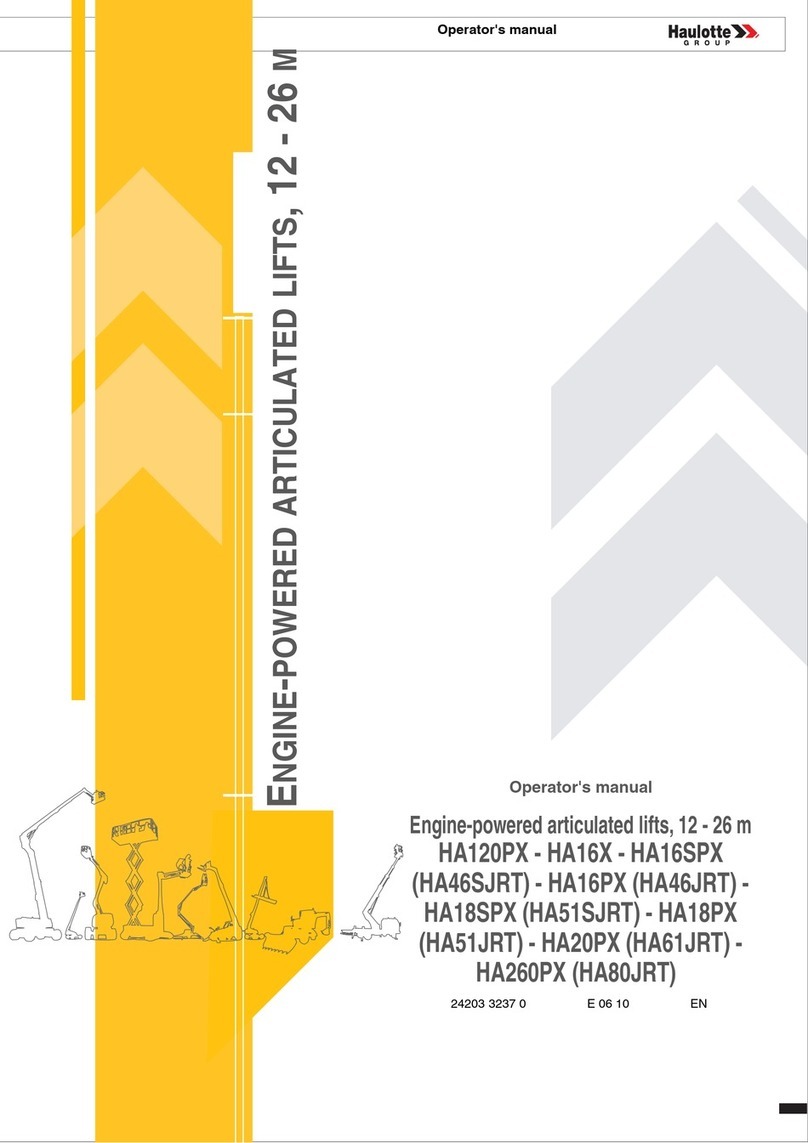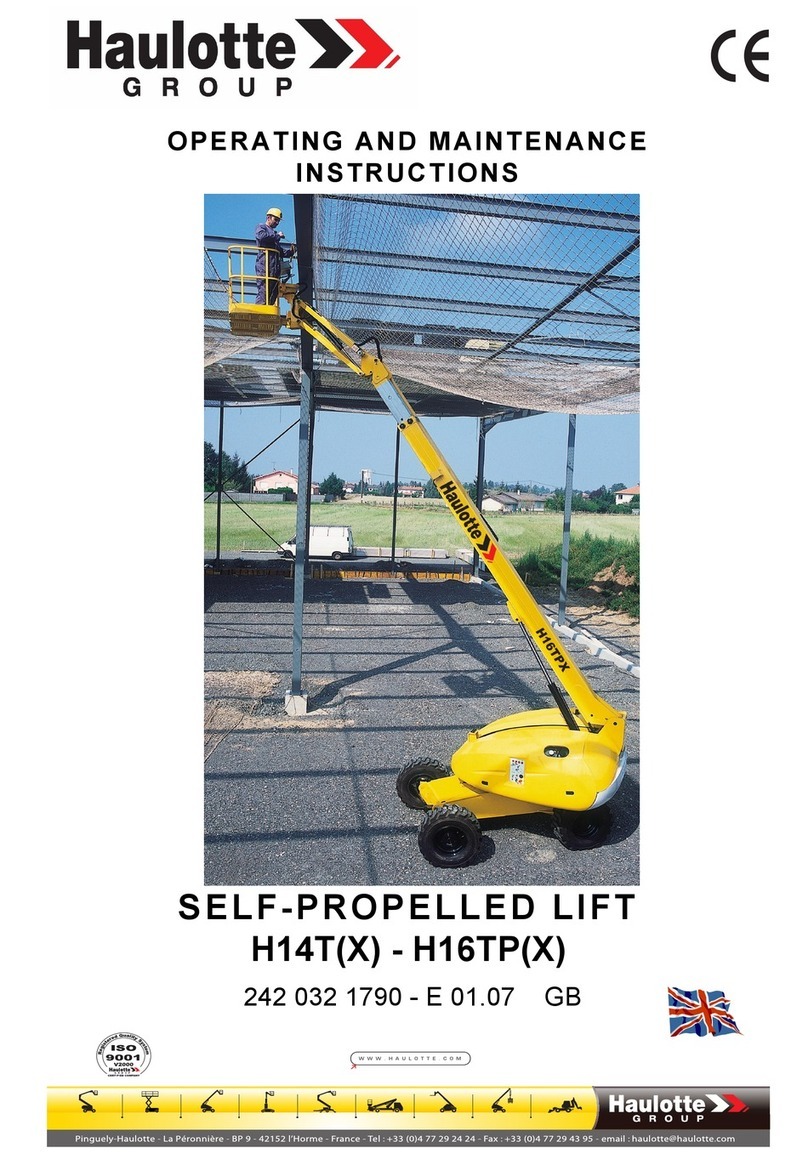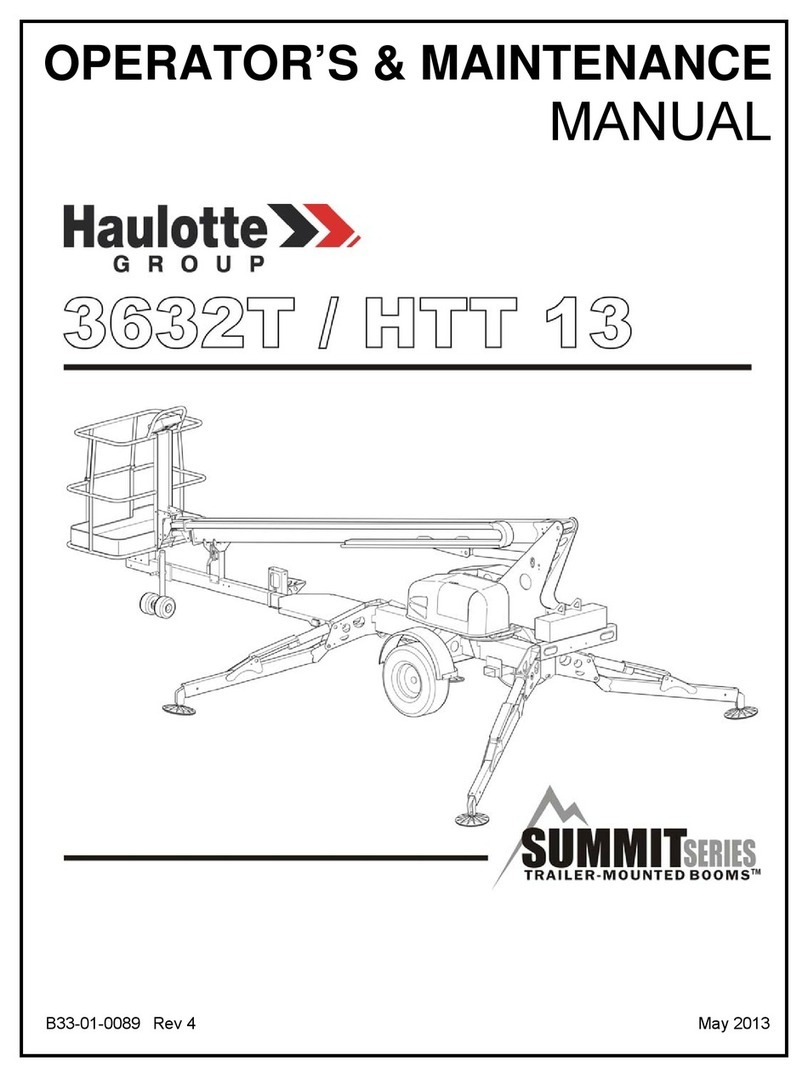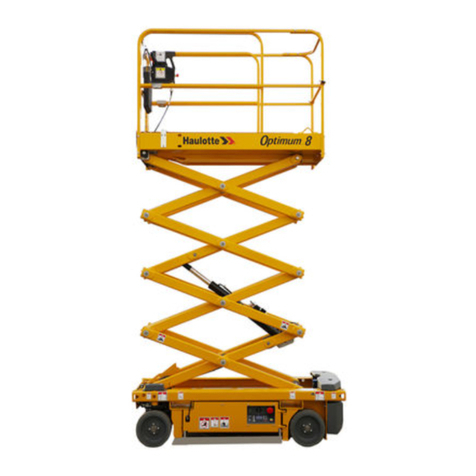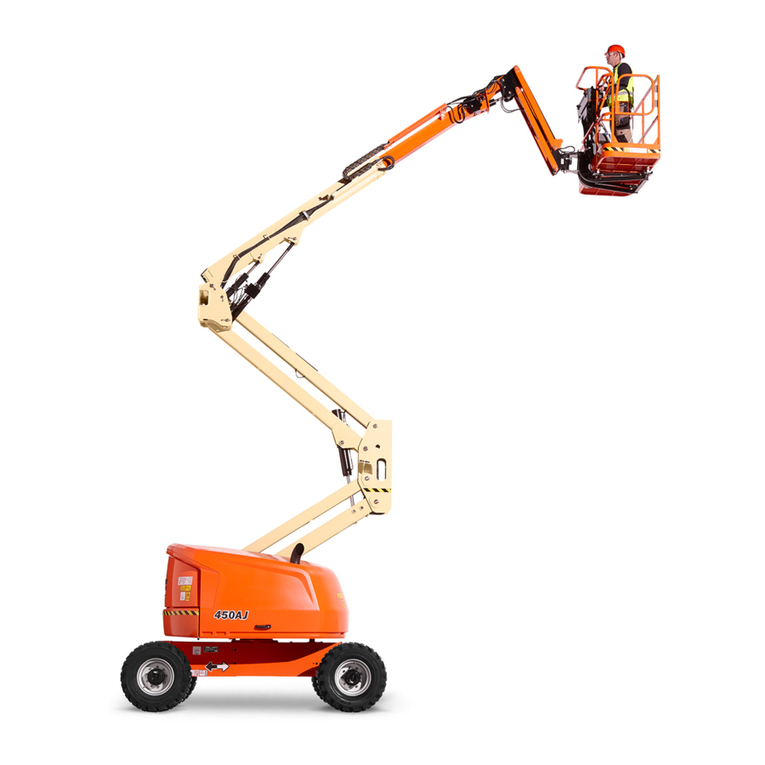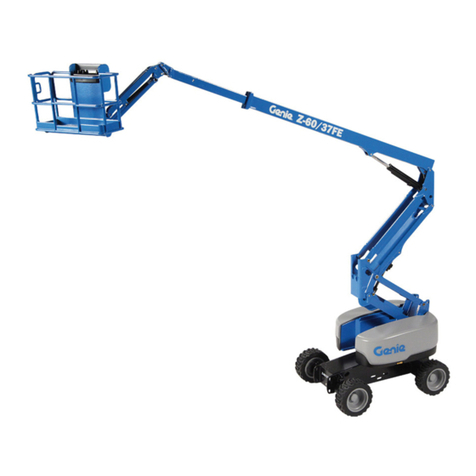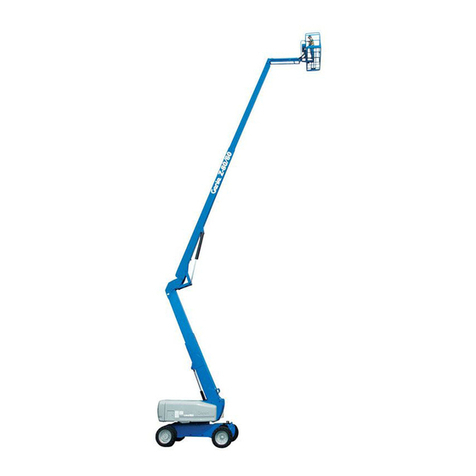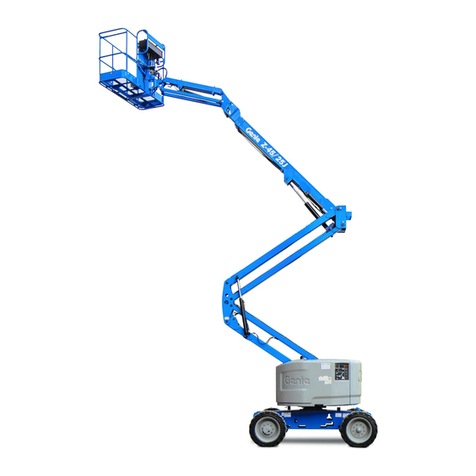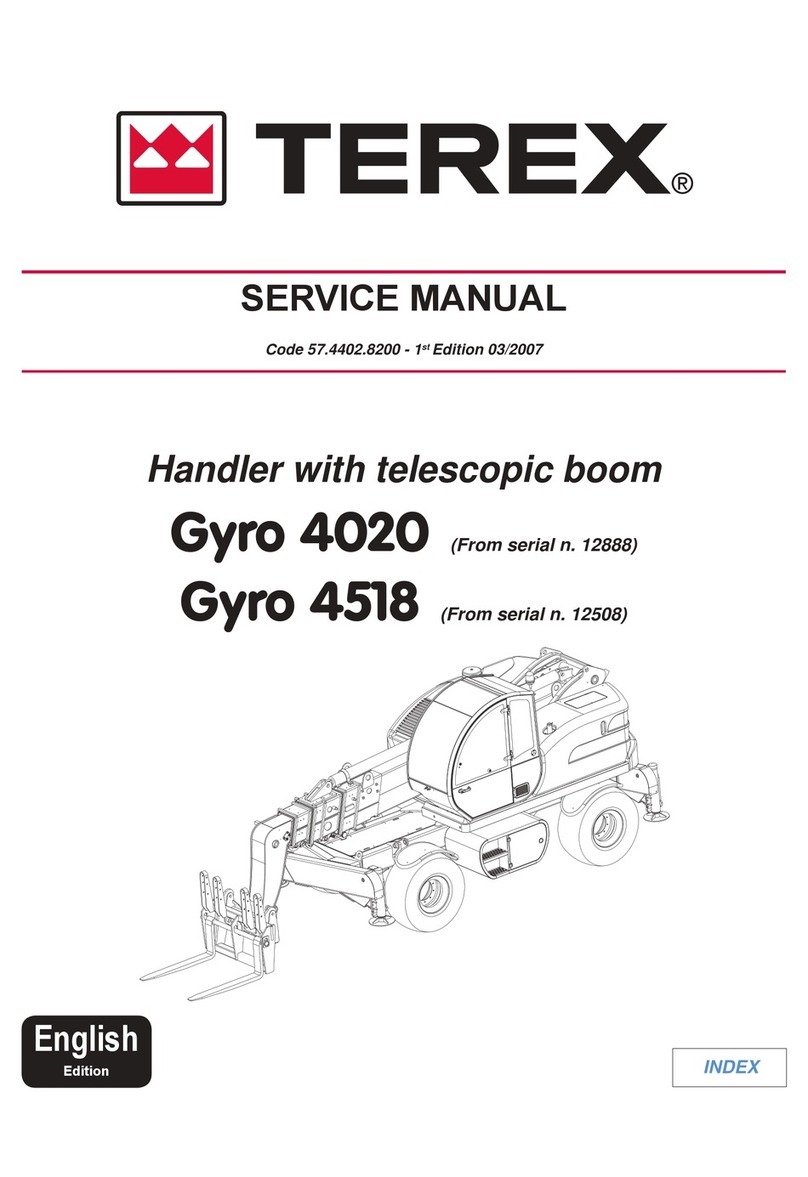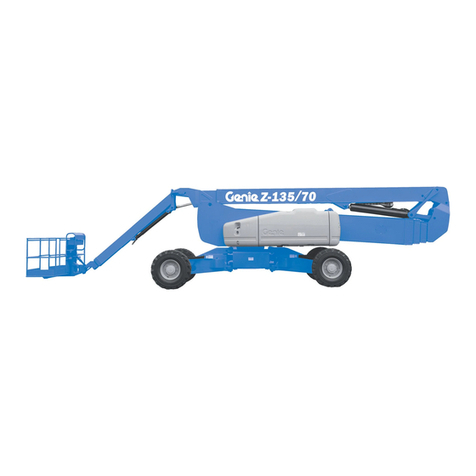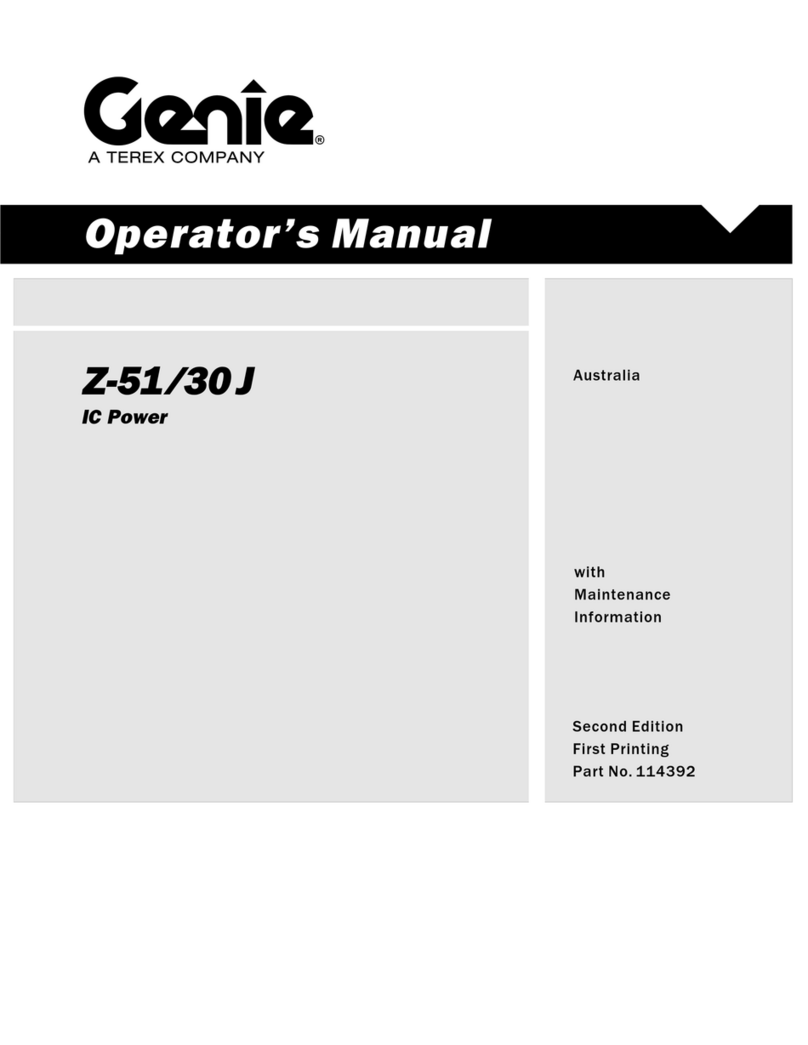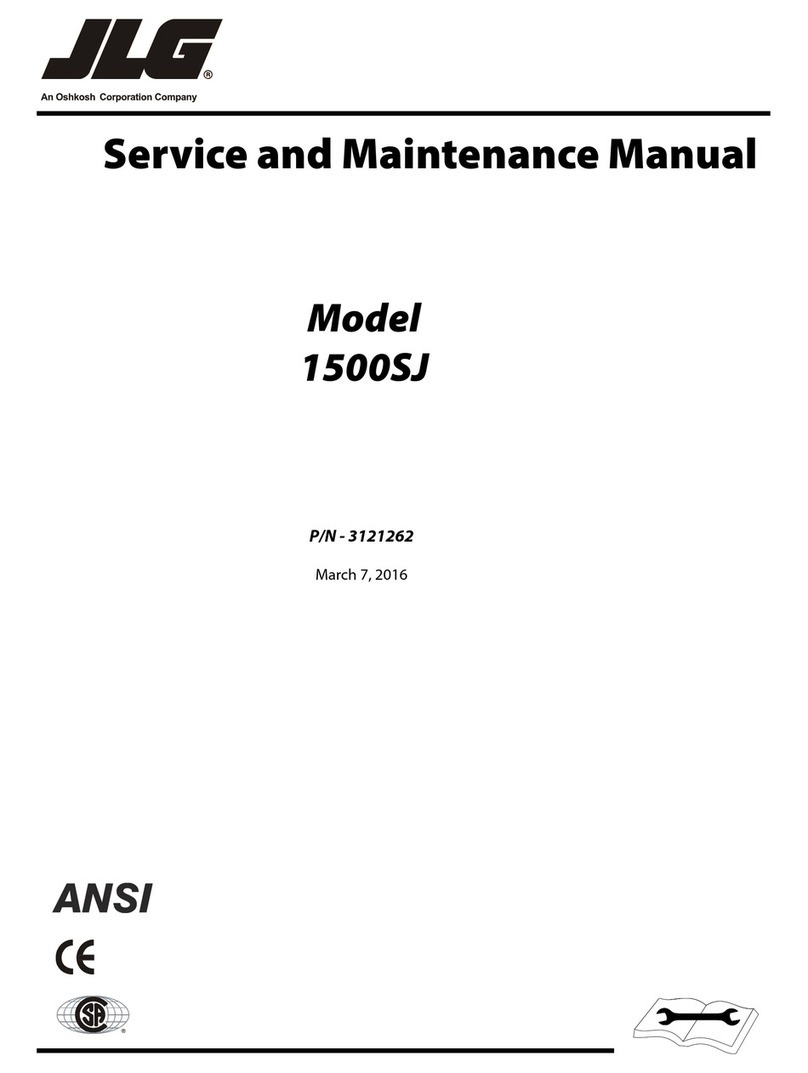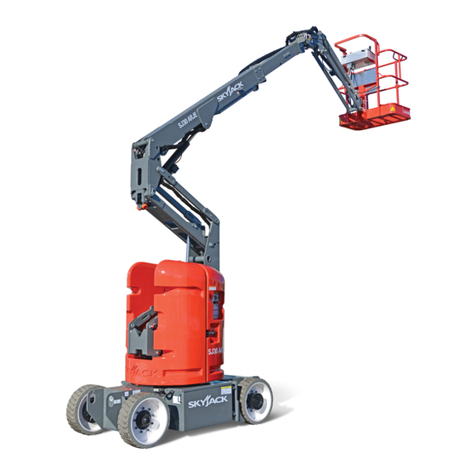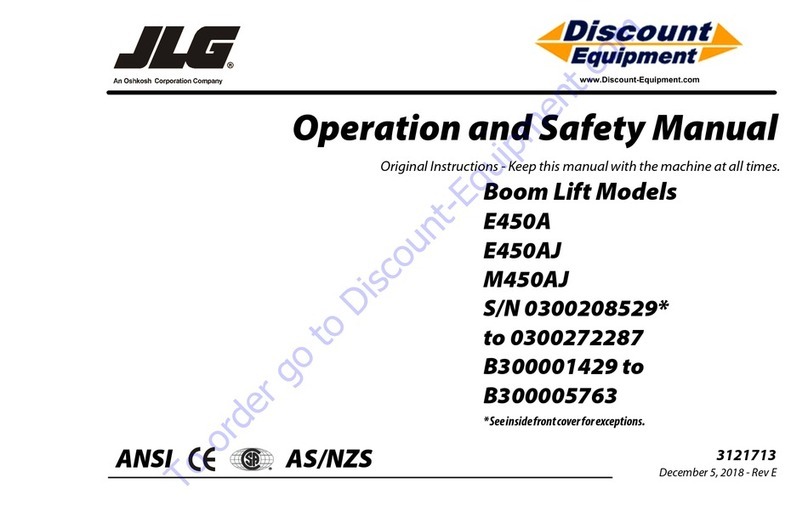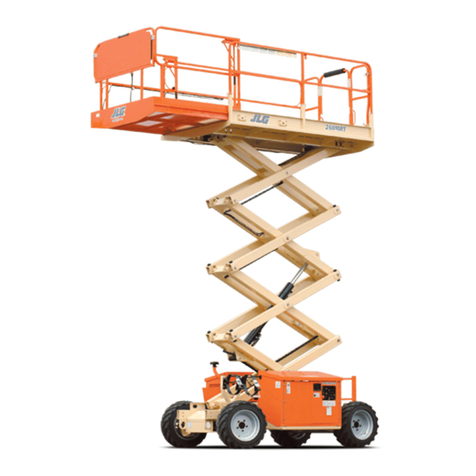Operation and maintenance
iv
2.4 - SIZE .............................................................................................................................9
2.4.1 - Size .......................................................................................................................................... 9
2.5 - LABELS......................................................................................................................10
2.5.1 - List of labels ........................................................................................................................... 10
2.5.2 - Common "red" labels ............................................................................................................. 11
2.5.3 - Common "yellow" labels......................................................................................................... 12
2.5.4 - Common "orange" labels ....................................................................................................... 12
2.5.5 - Miscellaneous common labels .............................................................................................. 12
2.5.6 - Specific "red" labels................................................................................................................ 13
2.5.7 - Positionning labels ................................................................................................................. 13
3 - OPERATING PRINCIPLE...........................................................................................15
3.1 - HYDRAULIC CIRCUIT...............................................................................................15
3.2 - ELECTRIC CIRCUIT..................................................................................................15
3.2.1 - Stabiliser control..................................................................................................................... 15
4 - USE.............................................................................................................................17
4.1 - UNLOADING - LOADING - MOVING.........................................................................17
4.1.1 - Manual loading....................................................................................................................... 17
4.1.2 - Manual unloading................................................................................................................... 18
4.1.3 - Unloading with a lift truck ....................................................................................................... 19
4.1.4 - Unloading by lifting................................................................................................................. 19
4.1.5 - Moving.................................................................................................................................... 19
4.2 - OPERATIONS BEFORE FIRST USE ........................................................................21
4.2.1 - "Mast" control panel ............................................................................................................... 21
4.2.2 - "Platform" control panel.......................................................................................................... 22
4.2.3 - Checks before use ................................................................................................................. 22
4.3 - STARTING UP ...........................................................................................................23
4.3.1 - Power on ................................................................................................................................ 23
4.3.2 - Machine stabilisation.............................................................................................................. 23
4.3.3 - Up/Down................................................................................................................................. 23
4.3.4 - Testing the platform control panel.......................................................................................... 24
4.3.5 - Stopping the machine............................................................................................................. 24




